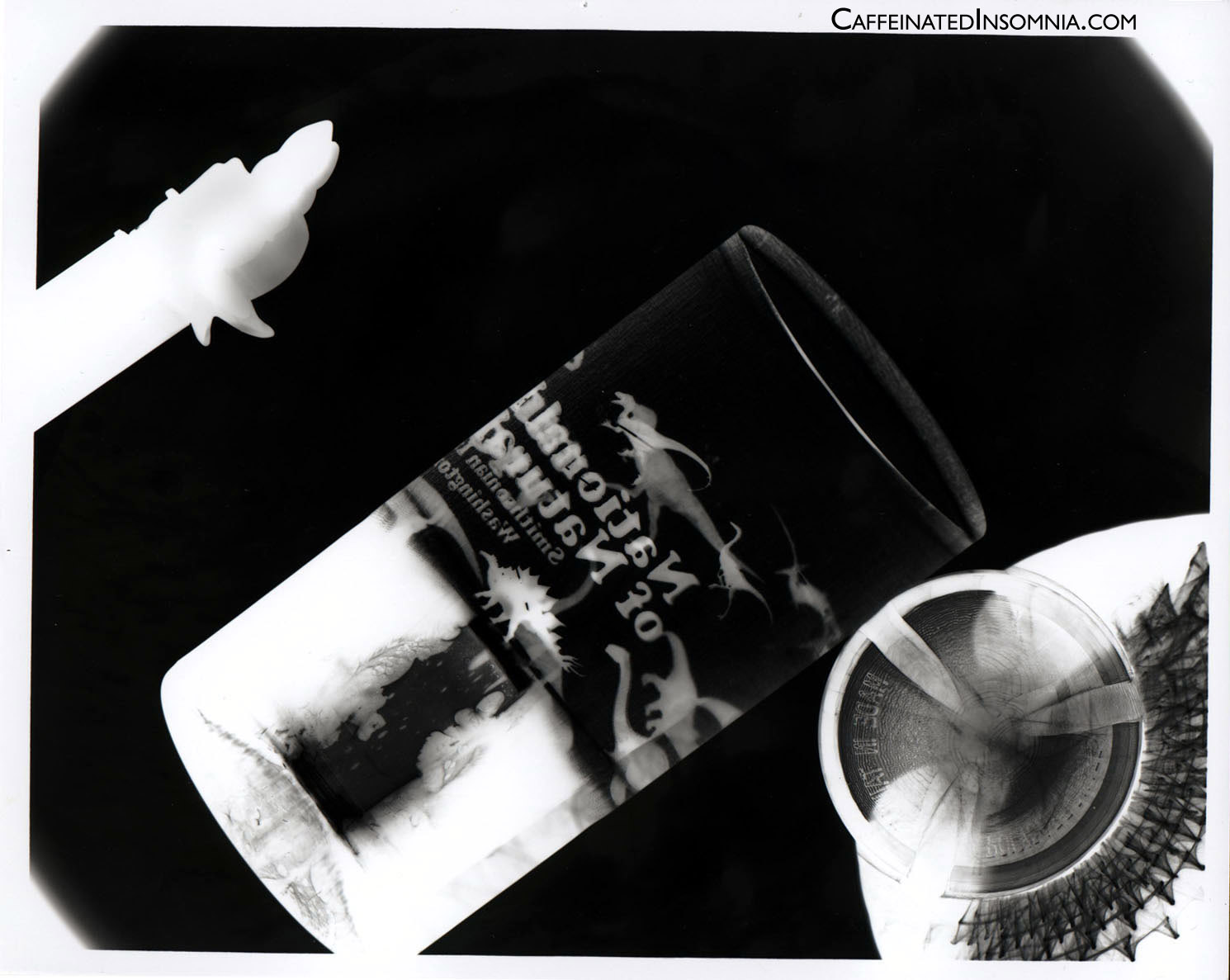The final project/final screening for 6x1 was one of the most enjoyable experiences of the entire semester. Getting to see the films outside of the room in Kennan Hall was a great experience because it really brought meaning to the rough theater article we had read earlier in the semester. The screen was made from a shower curtain, and we were all just hanging out in Andre’s back yard while watching the films that we had created in just forty-eight hours with no video or film cameras. It was definitely one of the most memorable experiences of my film studies education so far.
Seeing what everybody came up with for their video race videos was really entertaining. There were so many great stories that came out of the mystery prop of the sidewalk chalk Easter eggs that I had not even thought of before viewing the films that night. Seeing all of the different mediums used was also very enlightening because they seemed to match up with the different film concepts really well.
The fact that this project had to be done individually and without the aid of a partner was challenging and rewarding at the same time. It made the forty-eight hour time limit that much more constraining and it forced me to think under pressure with a lot of other deadlines looming around the corner. At the same time, these constraints forced me to be creative and come up with some kind of concept that could be created within the time frame while still being entertaining and thought provoking. However, there was no need for the video to make sense or be driven by any kind of narrative, so that was one element that actually allowed for me to be slightly at ease and just try to think outside of the box, which is not something that I am usually good at.
So, in order to come up with a concept, I came up with a list of ideas for what the egg could represent or what it could be doing within the span of this short film that I had to make. This was a lot easier said than done, since my creativity seemed to be stifled by lack of sleep and energy. However, as the lack of sleep and thinking forged on, I came up with a list and started to film the egg in different scenarios throughout my apartment before sitting down to edit. When I did the first cut, I hated it, so I decided to scrap that entire idea and come up with something else.
Seeing it on screen gave me ideas for how I could improve on that concept, but for a film made in forty-eight hours with the video mode on my digital camera, it turned out pretty well, as far as I was concerned. Everybody’s turned out really well, actually. I think this was a great way to end the semester for 6x1 because it really allowed for all of our creativity to be wrapped up in one final film while giving us a place to vent our frustrations about upcoming finals and just giving us a place to escape to while trying to avoid any upcoming finals that we might not be prepared for.



